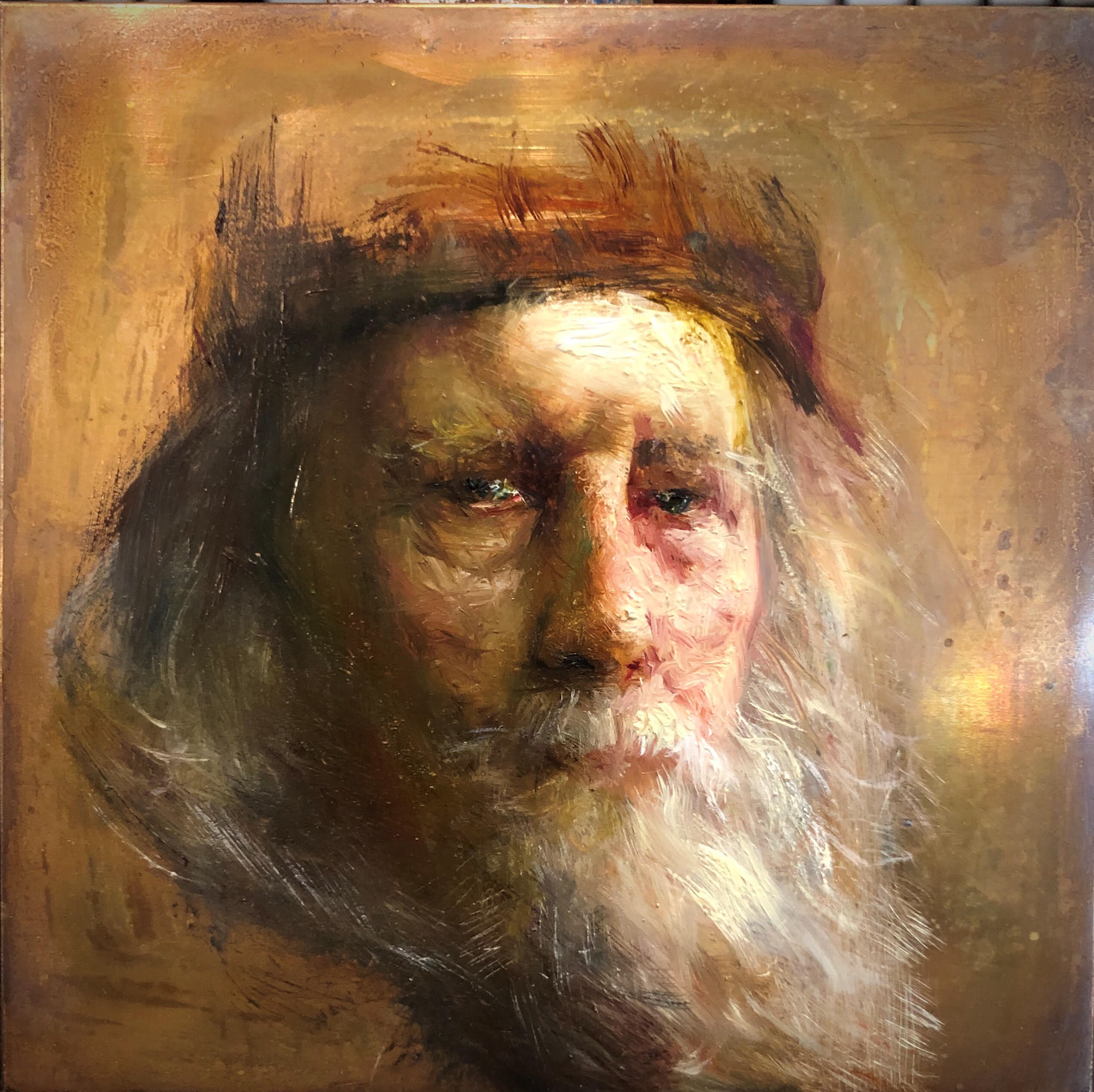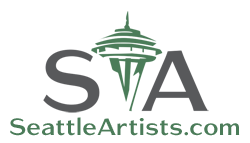Posted By: CaryParticipant
August 16 – 19
Tuition fee: $875 (plus model fee)
Skill level: intermediate/advanced
Steven will discuss an analytical and dynamic approach to painting the clothed human figure, emphasizing color and value relationships in a related atmosphere.
The class will consist of a long pose in cool and warm light.
The development of form through observation and interpretation of plane shifts projecting and receding from the eye will be stressed.
Aspects of anatomy, proportion, and movement will be discussed along with the development of an Alla Prima technique that involves scumbling and glazing.
Learning to see is a selective endeavor where understanding is an extension of our mind’s eye. We will look at color as value and temperature as form.
For more than 10 students there will be two models with two different poses with various lighting possibilities. Students can choose a model and paint the portrait or the figure.
The course will involve lectures, discussion of materials, demos, and critiques daily.
The development of form through observation and interpretation of plane shifts projecting and receding from view.
An emphasis on color and value relationships and how they relate.
Techniques for dealing with the flux of changes that occur as a model poses, learning to hold and interpret what you see with a selective eye.
Aspects of anatomy, proportion, and movement will be discussed along with the development of an Alla Prima technique, which involves scumbling and glazing.
The course will involve lectures, demos, and critiques daily. Steven will discuss materials and craft, as well as issues of light and shadow, form, reflective properties of flesh, and other aspects of drawing. There will also be a discussion of bringing a drawing to completion and selectively finding an expression in the moment.
Although all kinds of panels can be use this workshop is primarily focusing on painting on copper. Historically, copper supports were, for many artists, a practical and relatively simple way to prepare for oil painting. Artists such as Rubens and Rembrandt painted on copper. Examples through the centuries that have survived exhibit great luster and remain as fresh as the day they were painted. Paintings on copper do not suffer from the same types of degradation as is the case for paintings on canvas or wood.
Preparing copper plates for oil paint is easy. We will go through some of the traditional methods as well as some of Steven’s processes of priming copper. The very smooth surfaces also provide an ideal substrate for rendering fine detail. Over time lead and other metal paint pigments fuse to copper in an enamel like hardness without the problem of sinking in, such as canvas sometimes can.
Perhaps the most attractive reason among painters for using copper is the gleam of its metallic surface. There is a luminous jewel-like appearance that paintings on copper can exhibit.
This workshop will provide a demonstration painted from the live model. Steven will demonstrate that copper allows glowing transparent shadows and gives the feeling of light that jumps from the surface.
We will also cover the basic construction of the head in light and shadow.
What You’ll Learn
Learning traditional methods of preparing copper plates for oil paint.
Learning Steven’s methods of preparing copper plates for oil paint.
Formal instruction: construction of the head, proportion, value, light logic, shadow, etc.
Understanding the luminous jewel-like qualities of painting on copper with oil.
http://www.whidbeyislandfas.com/steven-assael



